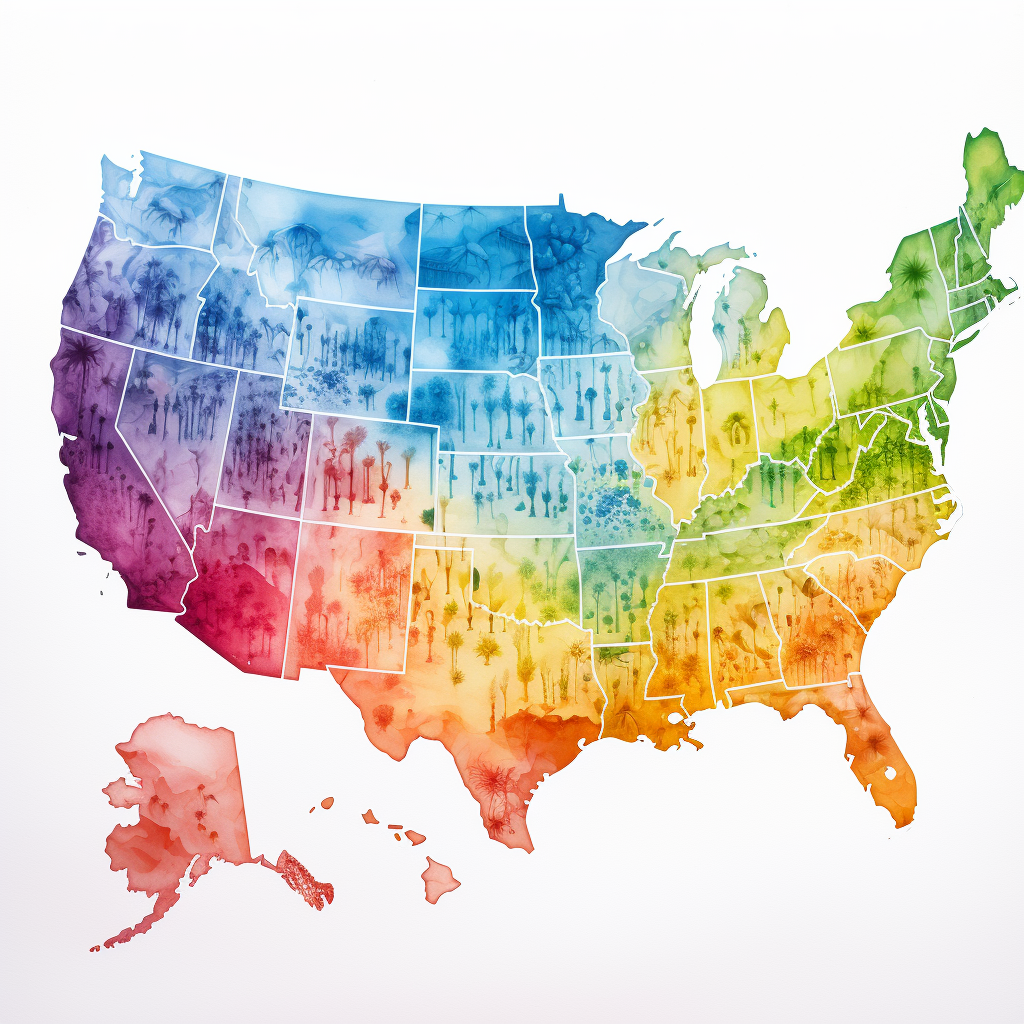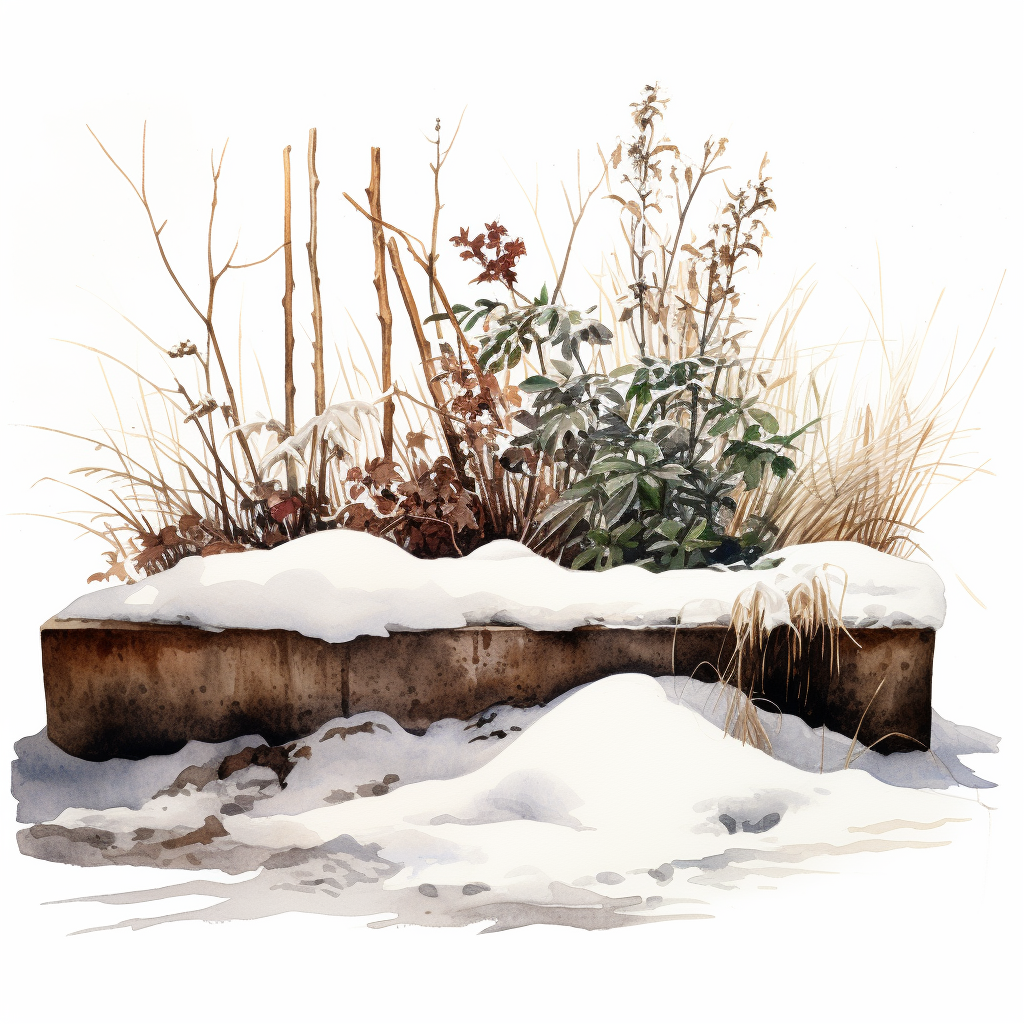Gardening in San Antonio Texas: A Vegetable Planting Calendar + Helpful Tips
Planning your vegetable garden in San Antonio, Texas can be a daunting task, especially with the region’s unique climate and temperature variations. But fear not, we have the solution to help you maximize your gardening success. Rooted Reminder’s planting calendar enables you to select suitable vegetables based on San Antonio’s climate and planting zones. You … Read more



